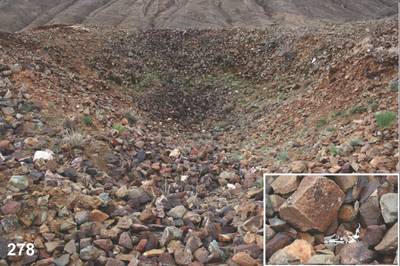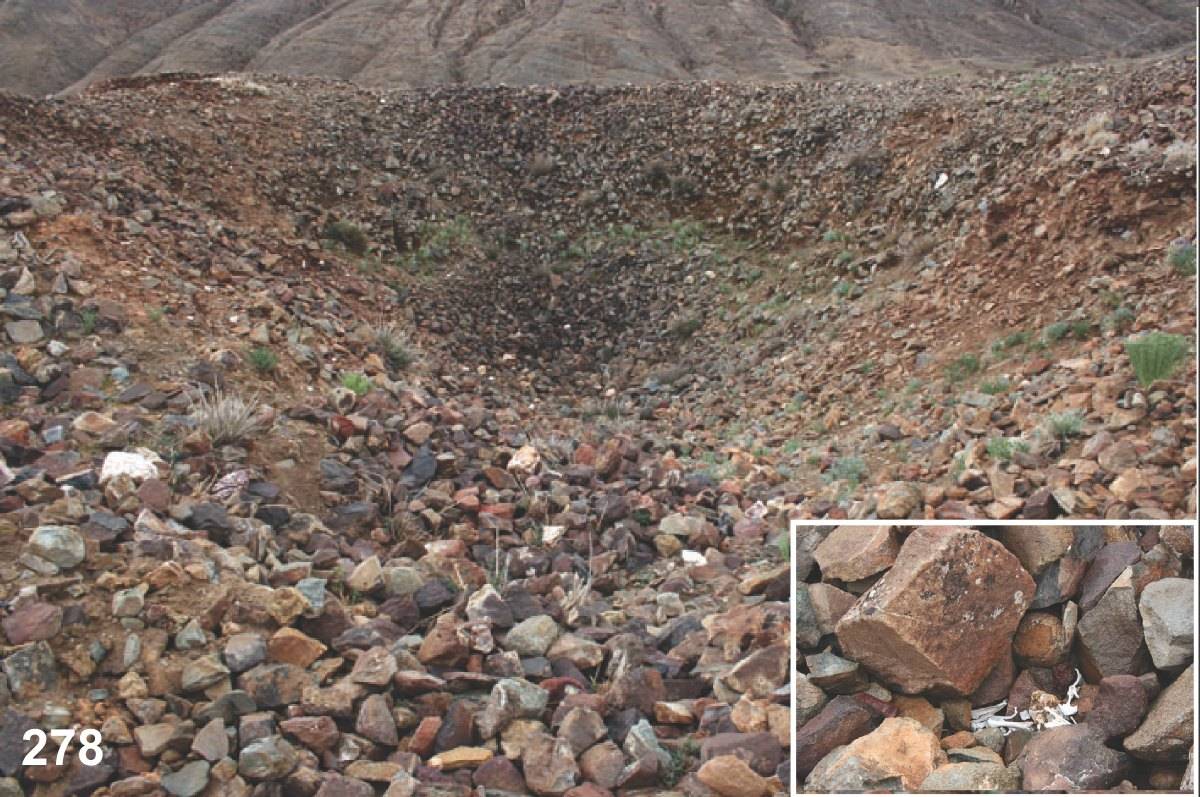Opening and destruction
With a few exceptions, all the graves we know of show traces of historical opening. The opening itself appears to have been part of the funeral tradition – i.e. in the context of the regular aftercare of the graves’ interior, but also in connection with Buddhist transformations, when (from the late 8th C.) certain tombs were apparently used as gter ma sites (Hazod, forthc. b). The destruction started with the looting of the royal tombs (#0029, #0032) by a number of clans in the early 10th C. This was arguably the trigger for a much larger history, where in the wake of this event people also began to break open other graves in the territories of Central Tibet.

Satellite Photo: Google, DigitalGlobe (02/08/2011); edited by Hazod 2013
Fig. 1 #0176
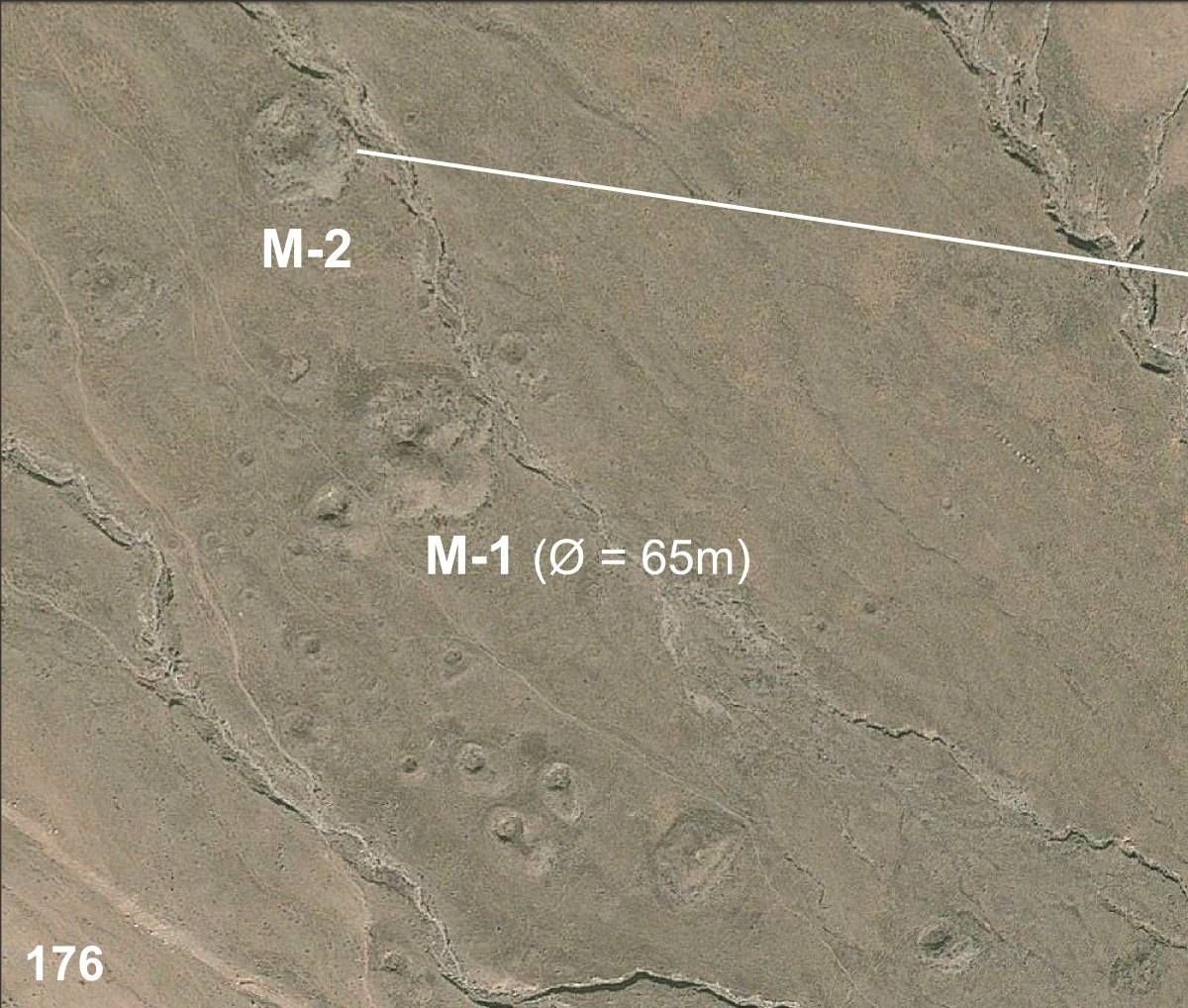
Fig. 1: #0176 (Satellite Photo: Google, DigitalGlobe (02/08/2011); edited by Hazod 2013)
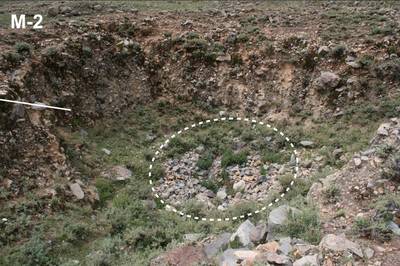
Photo: Hazod
Fig. 2 The highly damaged field of Rgu rum (central part) #0176. The actual entrance passage appears to have been covered again by means of stones.
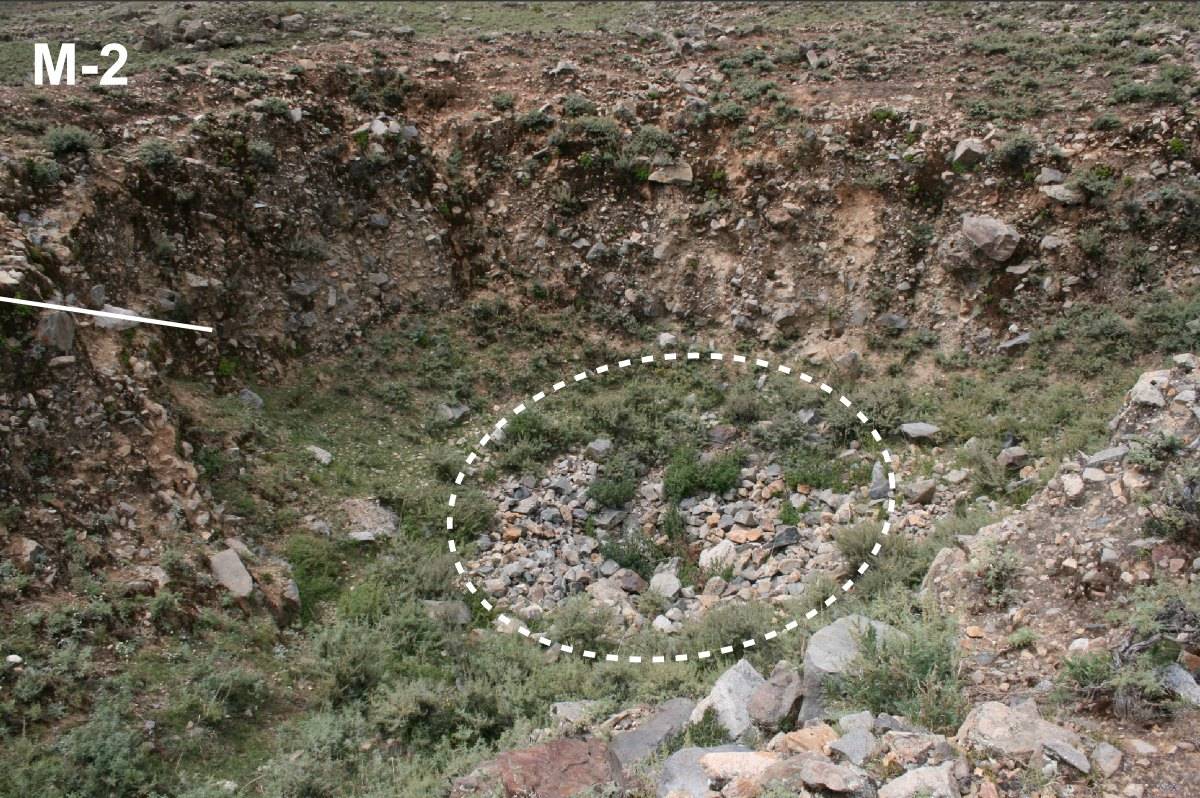
Fig. 2: The highly damaged field of Rgu rum (central part) #0176. The actual entrance passage appears to have been covered again by means of stones. (Photo: Hazod)

Photo: Hazod
Fig. 3 The “indented grave“ (#0112) – with the indentation usually starting at the rear of the tumulus. It is the most common form of historically opened burial mounds that we encounter today.
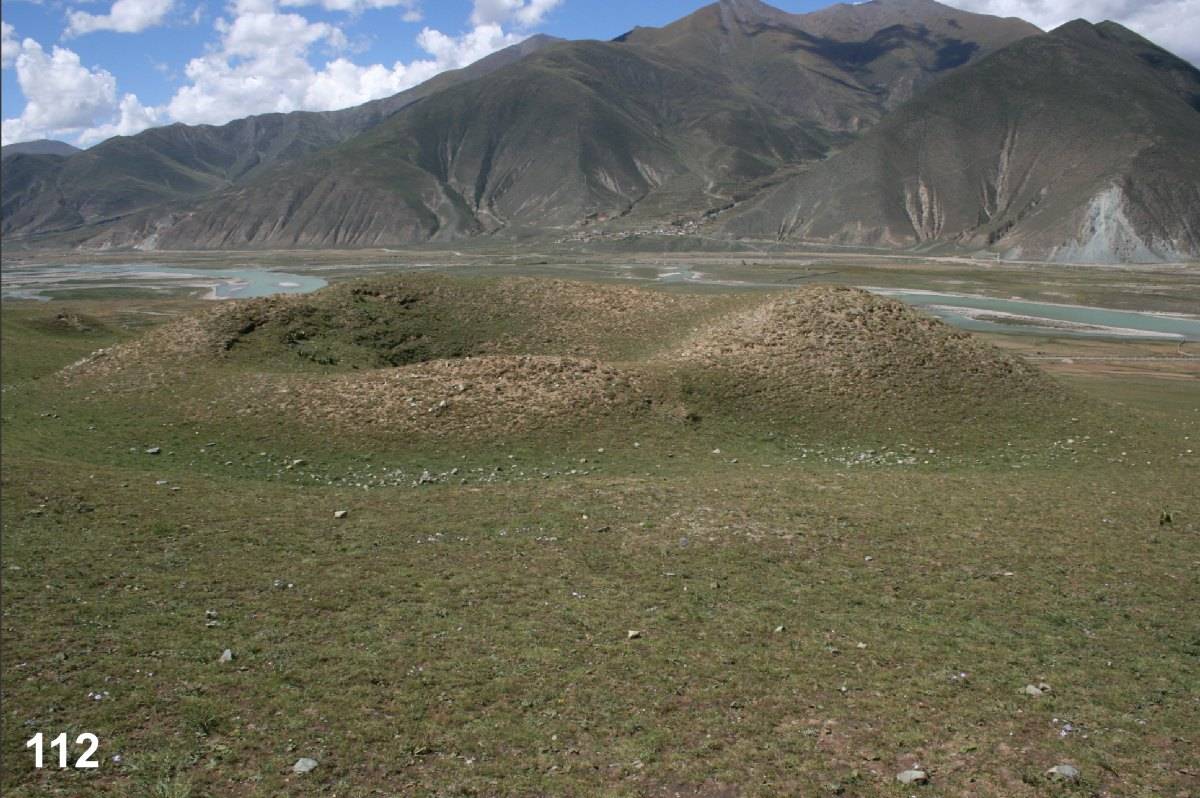
Fig. 3: The “indented grave“ (#0112) – with the indentation usually starting at the rear of the tumulus. It is the most common form of historically opened burial mounds that we encounter today. (Photo: Hazod)
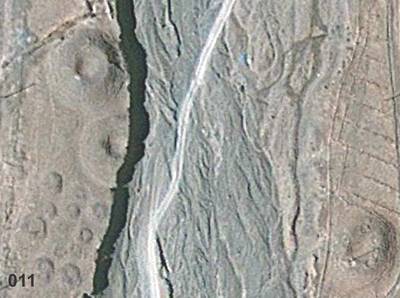
Satellite Photo: Google, DigitalGlobe (01/06/2011)
Fig. 4 A halved mound at the edge of a dried-out riverbed (#0011)
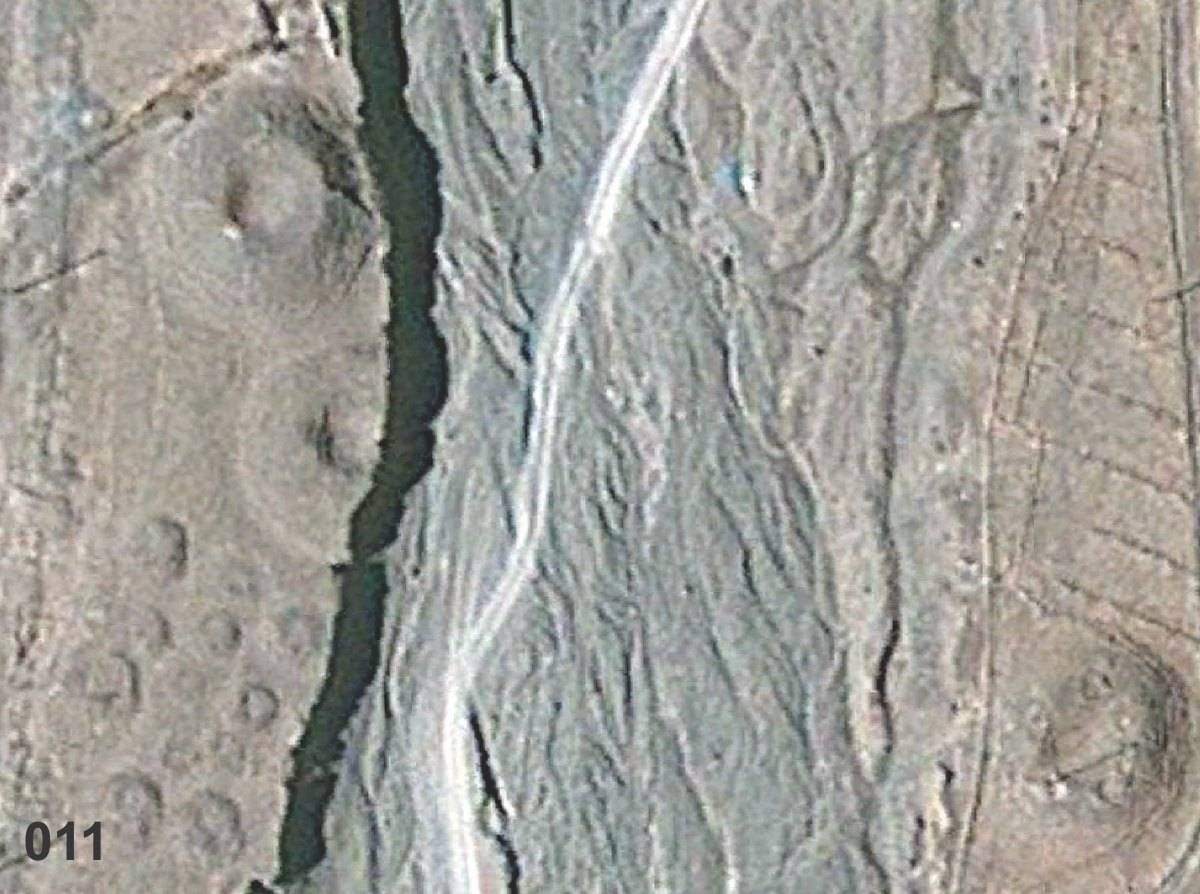
Fig. 4: A halved mound at the edge of a dried-out riverbed (#0011) (Satellite Photo: Google, DigitalGlobe (01/06/2011))
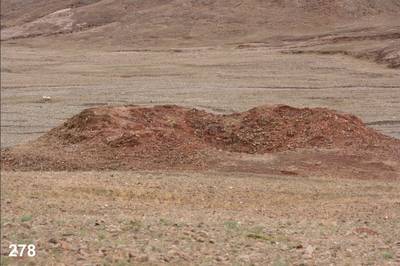
Photo: Hazod
Fig. 5 Bone finds from the imperial periode in #0278/M-5 (see Plate 278.4)
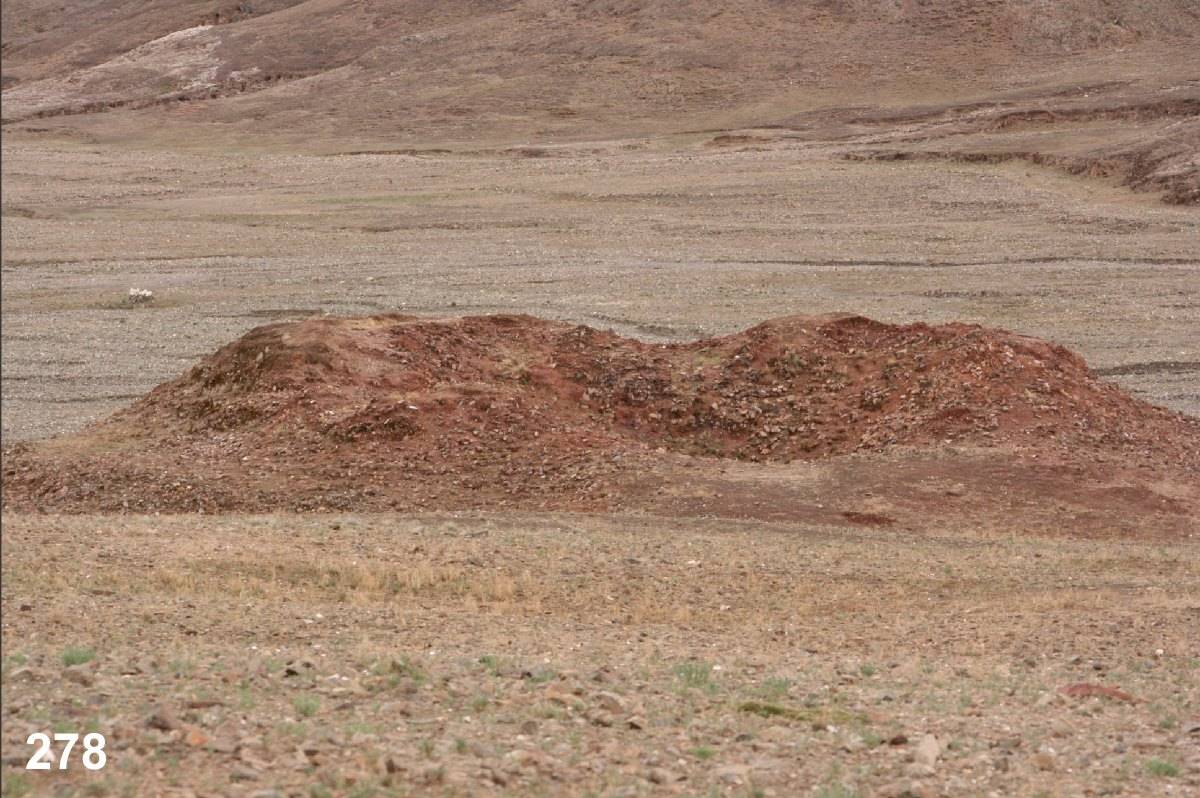
Fig. 5: Bone finds from the imperial periode in #0278/M-5 (see Plate 278.4) (Photo: Hazod)

Photo: Hazod; Satellite Photo: Google, DigitalGlobe; edited by Hazod
Fig. 7 The exposed passage of #0128/ M-6 was originally filled with stone slabs. It indicates the bulwark-like wall construction exemplary of the trapezoidal MT-C types of tombs. As elsewhere, the stones have been taken by the locals for dam-, or house building etc.
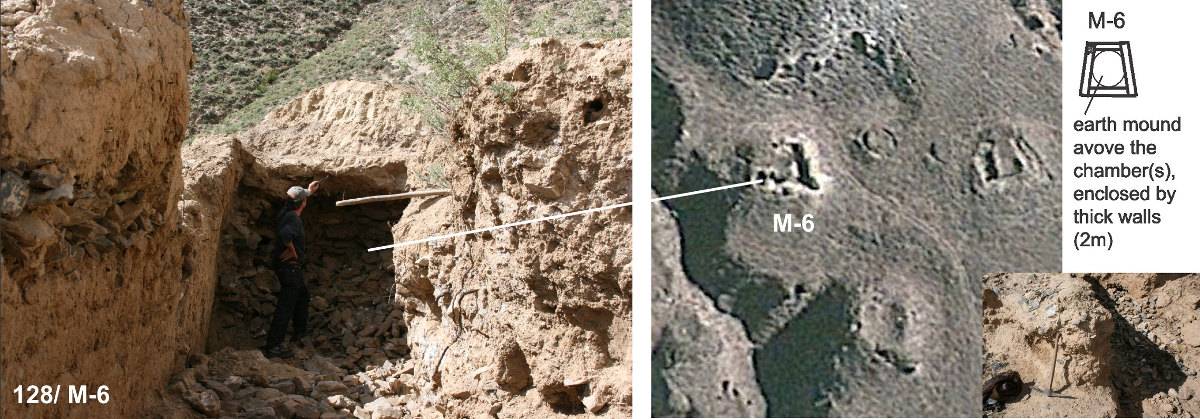
Fig. 7: The exposed passage of #0128/ M-6 was originally filled with stone slabs. It indicates the bulwark-like wall construction exemplary of the trapezoidal MT-C types of tombs. As elsewhere, the stones have been taken by the locals for dam-, or house building etc. (Photo: Hazod; Satellite Photo: Google, DigitalGlobe; edited by Hazod)
